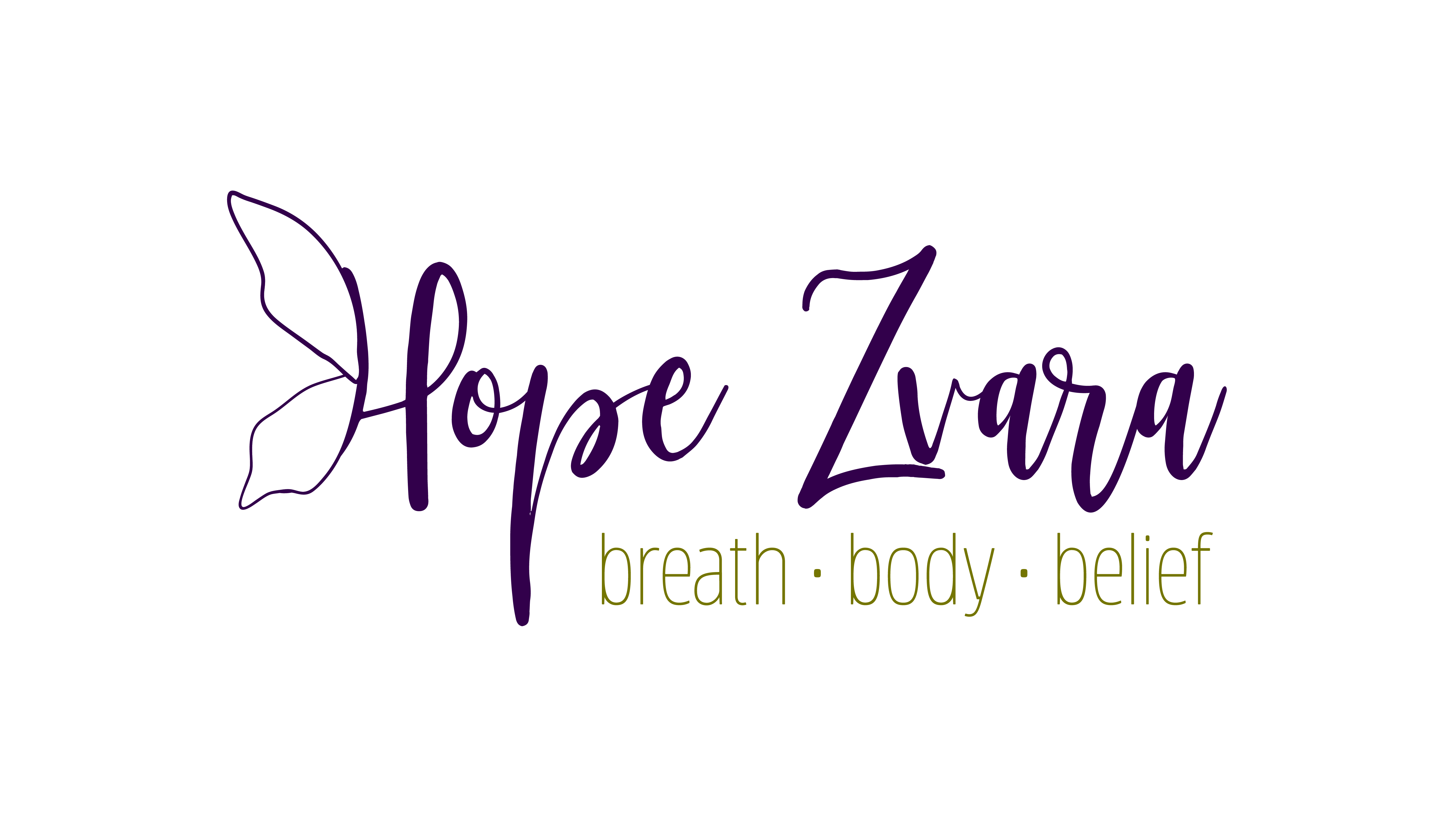Chakras are our body’s wheels of light and energy centers. Our root chakra is our first chakra and it resides at the base of the spine. It is also known as the Muladhara, which literally means foundation or root. Mul means base and Adhara means support.
The Muladhara correlates with the adrenals. The release of adrenaline prepares us to react or act in any situation. This activation of fight-or-flight is brought on by real or imagined danger. The adrenals are the body’s call to battle. The need to be grounded and secure goes hand-in-hand with our ability to soundly react to what is going on in front of us.
When balanced, our root chakra holds a foundation of security, safety, order, and routine. Muladhara offers us nurturance, a sense of organization, and honesty. We become flexible and responsible with our own being and those around us.
Issues of the Root Chakra
When our root chakra is unbalanced, we may see physical, emotional, mental or spiritual symptoms calling us back to our bodies three-dimensionally, to seek balance and grounding. The chakra is asking us if we are able to stand on our own two feet.
Constipation is often a symptom of a blocked root.
Others include struggles with weight to the point of obesity.
It could also be expressed as ailments related to the legs or knees.
Those who struggle or suffer skeletal or sacral issues are often energetically asked to seek balance in the root chakra. Other issues of imbalance can manifest as feelings of hopelessness, anxiety, phobias or disconnection.
When we are financially troubled, materialistic, greedy or resistant to change, it is time to look at our root.
Do This: Take a moment and self reflect. We can often feel defensive when we are confronted with the reality of what is really holding us back. Make note of the above, and meditate on where that is all coming from.
How Can I Balance my Root Chakra?
- Crystals and stones like jasper, clear quartz, tiger’s eye, hematite, smoky quartz or bloodstone
- Aromatherapy using scents that create security, stability, and grounding like cedar, sandalwood, and cinnamon
- Food like root plants, whole grains, dairy, minerals, calcium and nuts
- Commune with nature: When is the last time you walked barefoot or laid in the grass? Take time with nature to help grow your roots back where they belong.
In balancing this chakra, it is important to focus on the relationship with the individual self. Who are you? When is the last time you did something for you, or something to nourish your entire being?
Mantras for Balancing Your Root Chakra
The vowel sound “oh” correlates with our root chakra a sense of letting go and coming into the self. We often use this sound to create a sense of release.
Do This: Try verbally releasing the sound “oh” whenever you need a moment to just drop baggage and come back to yourself again.
Consider chanting “lam” (long a) 108 times to help gain a greater sense of grounding and balance in your root chakra. Use this chant in your meditation or yoga practice. This can enhance your experience and ability to sink into your root chakra.
The verb “I have” directly correlates with Muladhara; when is the last time you used this phrase? When is the last time you allowed yourself to have strength, have health, have security? Many of us feel the need to live in lack (often trained from early on to live this way). This martyr syndrome often stems from the root chakra. Tap into your own unique honesty and see what needs to surface. Then use it pared with the phrase “I have” and see what manifests. You deserve to have all that you need and more.
Postures for Balancing Your Root Chakra
Yoga can help balance your root chakra. Practice grounding postures like bridge, tree, goddess, runners lunge, seated pigeon (foot cradle), and bound angle. You can also practice pranayama by breathing into the pelvic floor with pelvic tilts. You can find all of these root chakra-focused poses in my Mindful Movement Online Studio.
Do not rush these asanas – practice with more love, acceptance and honesty rather than force, fear or anger. Yoga is about finding the best version of our self. Does your practice have that?
So slip your shoes off and step into the unknown. You have all you need, and you are grounded and connected to something greater than yourself.
This post was originally published in the July 2013 edition of Nature’s Pathway Magazine.


Thanks for sharing. I read many of your blog posts, cool, your blog is very good.